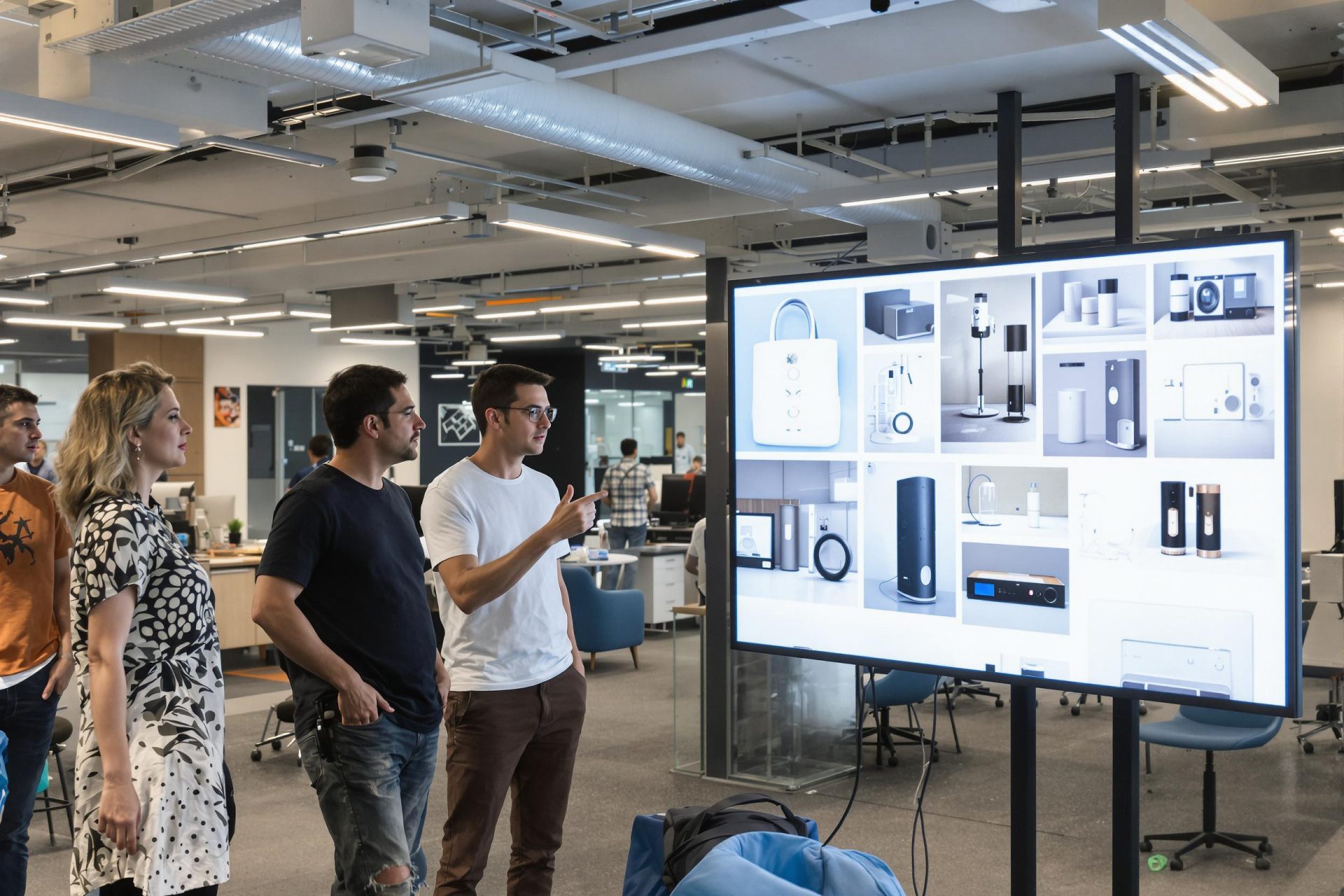Key Takeaways
- Microsoft successfully used AI to create most of an ad for its Surface products, which ran unnoticed for three months.
- This AI-driven approach significantly cut production time and costs by about 90%.
- Experts suggest AI excels at “required” practical content, freeing human creatives for “inspired” storytelling.
- This trend challenges the traditional ad agency model, favoring more agile, open talent networks using AI tools.
- Brands are urged to rethink creative strategies, embrace AI for efficiency, and focus human talent on deeper, emotional connections.
Microsoft recently demonstrated the power of artificial intelligence in advertising by creating a commercial for its Surface line largely with AI tools. According to a Forbes article, nearly every scene, aside from some close-ups of human hands, was generated using AI.
Remarkably, the ad aired for three months without viewers realizing it was mostly AI-generated. This supports the idea that if the output is indistinguishable from human work, the method might not matter to the audience.
This event signals a big shift in content creation. Creative work can be seen in two categories: the practical, “required” tasks that AI can increasingly handle, and the deeply human, “inspired” storytelling that still needs a personal touch.
Microsoft’s experiment resulted in a massive 90% reduction in time and cost while maintaining high quality. This efficiency is pushing brands and agencies to reconsider how creative work is produced and valued.
Historically, top agencies focused on unique human creativity. However, the rise of AI and open talent models shows that creativity can adapt and thrive in new ways. AI tools can automate routine tasks, amplifying human potential rather than replacing it.
AI is becoming very capable at handling the functional, “required” creative work. This frees up human teams to concentrate on the more complex, emotionally resonant “inspired” work that builds strong brands.
The cost savings offered by AI are prompting brands to rethink their spending. It’s becoming less justifiable to pay high fees for traditional agency overhead when AI-powered freelancers and specialized platforms can offer similar quality faster and cheaper.
Companies now have a chance to streamline content production using AI for routine assets. This allows them to redirect budgets and energy towards more strategic, creative initiatives that connect with audiences on a deeper level.
By letting AI handle production-heavy tasks, creative professionals can focus on pushing boundaries, exploring cultural insights, and building genuine emotional connections through inspired storytelling.
Adopting an “open talent” approach, combining AI’s power with diverse human perspectives from freelancers worldwide, can lead to richer ideas and faster innovation. AI acts as a collaborator, enhancing the skills of a flexible creative workforce.
Traditional ad agencies sticking to old ways may struggle as AI becomes more integrated. However, those embracing AI as a partner to human creativity, using open networks and new technologies, are poised to lead the future of brand storytelling.
The future of creativity likely lies in open ecosystems where humans and AI collaborate, free from outdated structures, ready to build brands in new and exciting ways.



